Home>Articles>How To Reduce Heating Costs Using Attic Insulation
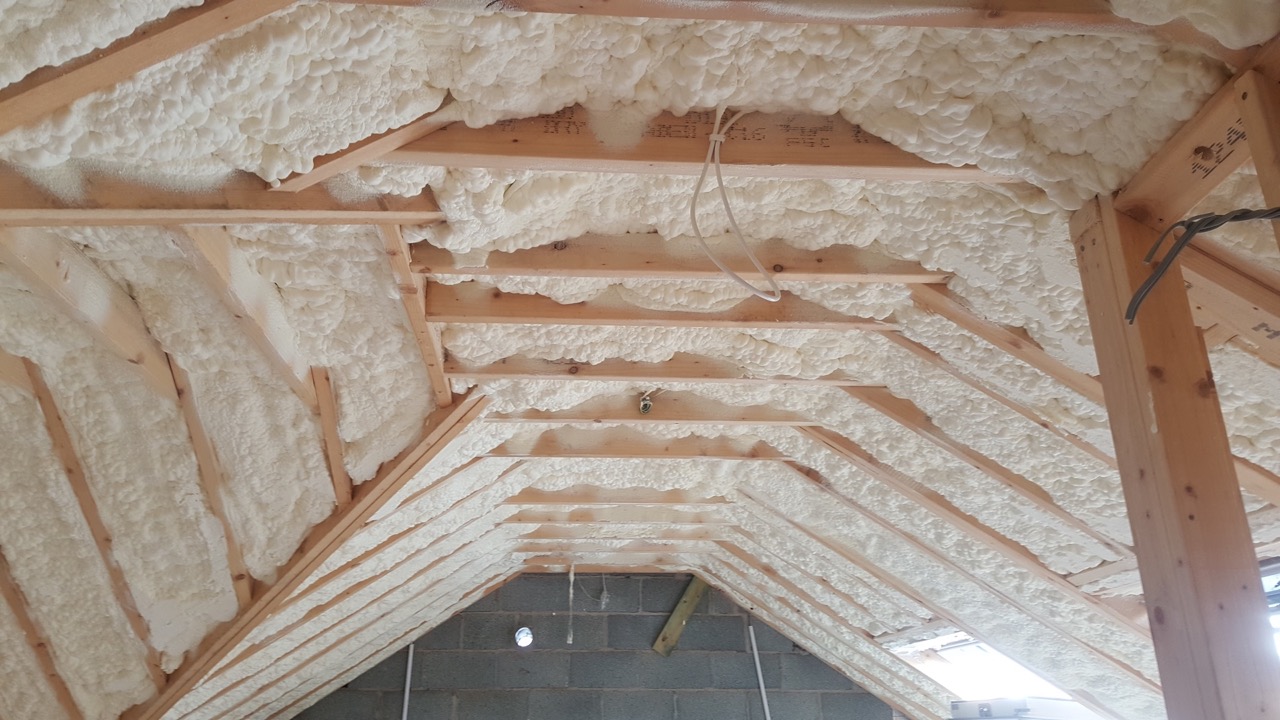

Articles
How To Reduce Heating Costs Using Attic Insulation
Modified: February 23, 2024
Adding insulation to your attic is a cost-effective way to reduce heating expenses. Learn more about how insulation can help lower your energy bills in our informative articles.
(Many of the links in this article redirect to a specific reviewed product. Your purchase of these products through affiliate links helps to generate commission for Storables.com, at no extra cost. Learn more)
Introduction
When it comes to reducing heating costs, one often overlooked area of the home is the attic. Many homeowners underestimate the impact that proper insulation can have on their energy bills and overall comfort. However, by adding insulation to an attic, you can significantly improve the energy efficiency of your home and reduce your heating costs.
In this article, we will delve into the importance of attic insulation and how it can help you save money on your heating bills. We will explore the principles behind insulation, the factors to consider when adding insulation to your attic, and the benefits it can bring to your home. So, read on to discover why a well-insulated attic can be a game-changer for your energy consumption and budget.
Key Takeaways:
- Proper attic insulation reduces heating costs by minimizing heat loss, preventing cold air infiltration, and enhancing overall energy efficiency, leading to long-term cost savings and environmental benefits.
- Choosing the right insulation material, preparing the attic, and addressing potential challenges are crucial for maximizing the effectiveness of attic insulation and reaping its numerous benefits.
Read more: How To Reduce The Heat In My Attic
Understanding Attic Insulation
Before we dive into the details of how attic insulation can reduce heating costs, it’s essential to understand what exactly attic insulation is and how it works.
Attic insulation is a layer of material that is installed in the attic space between and over the ceiling joists. Its primary purpose is to create a thermal barrier, preventing the transfer of heat between the interior of the house and the attic. Insulation works by slowing down the movement of heat, keeping it from escaping through the roof and helping to maintain a comfortable temperature inside the home.
Insulation is typically made from materials such as fiberglass, cellulose, rock wool, or foam. Each type of insulation has different qualities and performance levels, so it’s important to choose the right material based on your climate, budget, and personal preferences.
The effectiveness of insulation is measured by its R-value, which represents its resistance to heat flow. The higher the R-value, the better the insulation’s performance. The recommended R-value for attic insulation varies depending on the region and climate zone. It’s crucial to consult local building codes or an energy efficiency professional to determine the appropriate R-value for your area.
In addition to the R-value, it’s important to consider factors such as air sealing and ventilation when installing attic insulation. Properly sealing any air leaks or gaps in the attic is crucial as it ensures that the insulation can work efficiently by preventing the escape of heated air. Adequate ventilation is also essential to maintain good air quality and help control moisture levels in the attic.
Now that we have a solid understanding of attic insulation and its purpose, let’s explore how it helps reduce heating costs in more detail.
How Insulation Reduces Heating Costs
Insulating your attic can have a significant impact on reducing your heating costs. Here’s how:
- Minimizes heat loss: During cold weather, heat naturally rises and tends to escape through the roof. By adding insulation to your attic, you create a barrier that slows down the transfer of heat. This means that the warmth produced by your heating system stays inside your home for a longer period, reducing the need for continuous heating and ultimately lowering your energy consumption.
- Prevents cold air infiltration: In addition to heat loss, poorly insulated attics can allow cold air to seep into your living space. This can create drafts, making your home feel chilly, and causing your heating system to work harder to maintain a comfortable temperature. Insulating your attic helps to seal off air leaks and keep the cold air out, resulting in a more even and consistent distribution of heat throughout your home.
- Reduces reliance on heating equipment: With proper attic insulation, your home can retain heat more effectively, which means you may not need to rely as heavily on your heating equipment. This reduced reliance can result in lower energy consumption and a significant decrease in your heating bills. Over time, the energy savings can be substantial, making attic insulation a cost-effective investment.
- Enhances overall energy efficiency: Attic insulation doesn’t just impact heating costs; it also contributes to the overall energy efficiency of your home. By maintaining a consistent indoor temperature, insulation reduces the strain on your heating system, leading to less frequent maintenance and potentially extending its lifespan. Additionally, when your home is energy-efficient, it reduces the demand on the power grid, resulting in reduced environmental impact.
It’s important to note that the actual savings you’ll experience will depend on various factors, including your climate, the insulation material used, and the condition of your existing insulation. However, in most cases, adding insulation to your attic can yield significant long-term energy and cost savings.
Now that we understand how insulation reduces heating costs, let’s explore the factors you should consider when adding insulation to your attic.
Factors to Consider when Adding Attic Insulation
When it comes to adding insulation to your attic, there are several important factors to consider. Taking these factors into account will ensure that you choose the right insulation material and achieve the best results. Here are the key factors to keep in mind:
- Climate and location: The climate in your region plays a significant role in determining the type and amount of insulation you need. Cold climates require higher R-values to maximize energy efficiency, while warmer climates may require less insulation. Additionally, consider any local building codes or regulations regarding insulation requirements in your area.
- Existing insulation: Assess the condition and effectiveness of any existing insulation in your attic. If it is insufficient or damaged, it may need to be removed or supplemented with additional insulation. Understanding the current state of your attic insulation will help you determine how much insulation you need to add.
- Budget: Your budget will influence the type of insulation material you choose and the amount you can afford to install. While it’s essential to strike a balance between cost and effectiveness, remember that insulation is a long-term investment that can lead to significant energy savings and reduced heating costs over time.
- Insulation material: There are various insulation materials available, each with its own characteristics and performance levels. Common options include fiberglass, cellulose, rock wool, and foam. Research the pros and cons of each material, considering factors such as R-value, durability, fire resistance, and eco-friendliness, to determine the best fit for your needs.
- Installation method: Depending on your attic’s accessibility and layout, you may need to choose between installing insulation yourself or hiring a professional. Assess your DIY skills and availability, as well as the complexity of the installation process, to determine the most suitable approach. Remember that proper installation is crucial for optimal insulation performance.
- Future plans: Consider any future plans you may have for your home that could impact the attic space. If you anticipate remodeling or adding additional rooms, it’s important to factor in these plans when determining the amount and type of insulation to install.
By considering these factors, you can make informed decisions about attic insulation that align with your specific needs and circumstances. Once you have addressed these considerations, you can move forward with selecting the right insulation material and preparing your attic for installation, which we will explore in the next sections.
Choosing the Right Insulation Material
When it comes to choosing the right insulation material for your attic, there are several options to consider. Each material has its own advantages, disadvantages, and performance characteristics. Here are some common insulation materials to help you make an informed decision:
- Fiberglass: Fiberglass insulation is one of the most popular choices for attics. It is affordable, readily available, and has a good R-value. Fiberglass insulation is typically sold in rolls or batts and is easy to install. However, it is essential to wear protective clothing and follow safety precautions during installation to avoid skin irritation from the tiny glass fibers.
- Cellulose: Cellulose insulation is made from recycled paper fibers and is an eco-friendly option. It has effective soundproofing properties and excellent resistance to airflow. Cellulose insulation is often installed as loose fill, which is blown into the attic using special equipment. It can be a bit messier to install compared to other materials, but it offers good thermal performance.
- Rock wool: Rock wool insulation is made from volcanic rock, which is spun into fibers. It is fire-resistant, sound-absorbing, and has a high R-value. Rock wool insulation is available in a variety of forms, including batts and loose fill. It can be more expensive than other options, but it provides excellent thermal and acoustic insulation.
- Foam: Foam insulation, such as spray foam or rigid foam boards, is known for its high insulation value and ability to seal air leaks effectively. Spray foam expands to fill gaps and cracks, providing a continuous barrier. Rigid foam boards are easy to cut and install. However, foam insulation can be more costly than other materials and may require professional installation.
- Reflective insulation: Reflective insulation is typically made of aluminum foil or reflective films and is effective in reducing the transfer of radiant heat. It is often used in hot climates to minimize heat gain. Reflective insulation is usually installed in conjunction with other insulation materials to enhance overall performance.
When choosing an insulation material, consider factors such as R-value, cost, ease of installation, available space, fire resistance, environmental impact, and any specific requirements or recommendations for your region. It is also helpful to consult with insulation professionals or contractors who can provide guidance based on your home’s unique needs.
Remember that each insulation material has its own installation requirements and considerations, so be sure to follow the manufacturer’s guidelines and consult with experts when in doubt.
Now that you have a better understanding of insulation materials, let’s move on to preparing your attic for insulation installation.
Adding insulation to an attic helps reduce heating costs by preventing heat from escaping through the roof. This helps to maintain a consistent temperature in the home, reducing the need for the heating system to work as hard and ultimately saving on energy costs.
Read more: How To Reduce Construction Cost
Preparing the Attic for Insulation Installation
Before you can start installing insulation in your attic, you need to properly prepare the space. Taking the time to prepare the attic ensures a smooth and effective installation process. Here are the key steps to follow:
- Clean and declutter: Begin by clearing out any unnecessary items or debris from the attic. Remove boxes, old insulation (if necessary), and any other objects that may obstruct the installation process. A clean and clutter-free attic allows for easier access and ensures that insulation can be installed evenly and effectively.
- Seal air leaks: Insulation works best when there are no gaps or air leaks, so take the time to seal any openings or cracks in the attic. Use caulk or weatherstripping to seal around windows, doors, and any other areas where air may be entering or escaping. Pay close attention to areas around pipes, vents, chimneys, and electrical wires. Properly sealing these gaps helps to maximize the energy efficiency of your insulation.
- Maintain proper ventilation: Adequate ventilation in the attic is crucial to prevent moisture buildup and maintain a healthy environment. Ensure that your attic has sufficient vents to allow for proper airflow. Consider installing ridge vents, soffit vents, or gable vents if needed. Proper ventilation helps to prevent condensation and mold growth, which can compromise the performance of your insulation.
- Inspect and repair roof: Before installing insulation, thoroughly inspect your roof for any damage or leaks. Repair any issues to ensure that your attic remains dry and free from moisture intrusion. A well-maintained roof protects your home and keeps your insulation in good condition, maximizing its effectiveness.
- Install proper barriers: Depending on your attic’s configuration and local building codes, you may need to install certain barriers before adding insulation. These barriers can include vapor barriers or fire-resistant barriers. Be sure to research the specific requirements for your region and consult with professionals to ensure compliance.
By taking the time to properly prepare your attic, you lay the foundation for a successful insulation installation. A clean, well-sealed, and ventilated attic will help ensure maximum insulation performance and energy efficiency.
Once you have prepared your attic, it’s time to move on to the installation process itself, which we will cover in the next section.
Installing Insulation in the Attic
Installing insulation in the attic is a straightforward process that can be done by homeowners with basic DIY skills. However, if you are not comfortable with this task, it is always a good idea to hire a professional insulation contractor. Here is a step-by-step guide on how to install insulation in your attic:
- Gather materials: Before you begin, make sure you have all the necessary materials. This includes the insulation material of your choice, a utility knife, safety glasses, gloves, a measuring tape, and a staple gun or insulation supports.
- Start from the perimeter: Begin by installing insulation along the perimeter of the attic, working from the exterior walls inward. Cut the insulation pieces to fit between the studs or joists, ensuring a snug and proper fit.
- Continue with the main area: After installing insulation along the perimeter, move on to cover the main area of the attic. Lay the insulation batts or rolls perpendicular to the joists, overlapping the edges slightly to eliminate any gaps. Cut the insulation to fit around obstacles such as pipes and ducts.
- Ensure even coverage: As you install the insulation, make sure it is evenly distributed and compressed to its recommended thickness. Avoid compressing the insulation too much, as this can lower its effectiveness. Pay attention to areas such as corners, edges, and hard-to-reach spaces to ensure they are adequately insulated.
- Secure the insulation: Use a staple gun or insulation supports to secure the insulation in place. Staples should be placed at regular intervals along the edges and seams to prevent the insulation from sagging or shifting over time.
- Maintain clear pathways: It is important to maintain clear pathways for airflow in your attic. Avoid blocking vents or compressing insulation against the roof deck, as this can hinder proper ventilation and lead to moisture issues. If necessary, use cardboard baffles or chutes to create channels that allow for airflow between the insulation and the roof deck.
- Inspect the installation: Once you have completed the insulation installation, take the time to inspect the attic to ensure there are no gaps or areas that were missed. Double-check that insulation is properly installed around electrical fixtures and recessed lights, using appropriate covers or insulation canisters to maintain safety.
- Consider professional assistance: If your attic has challenging structural features or if you are unsure about the installation process, it is advisable to seek professional assistance. Professional insulation contractors have the experience and knowledge to handle complex attic configurations and ensure a proper and efficient insulation installation.
Remember, safety should always be a priority during the insulation installation process. Wear protective gear, such as gloves and safety glasses, to protect yourself from any fibers or particles that may be present in the insulation material.
Once the insulation is correctly installed, you can reap the benefits of improved energy efficiency, reduced heating costs, and enhanced comfort in your home.
In the next section, we will explore the numerous benefits of having proper attic insulation.
Benefits of Proper Attic Insulation
Proper attic insulation offers a range of benefits that go beyond just reducing heating costs. Let’s explore some of the key advantages of having well-installed and effective insulation in your attic:
- Energy savings: One of the primary benefits of proper attic insulation is significant energy savings. By reducing heat loss and preventing cold air infiltration, insulation helps your home retain heat during the winter months. This means that your heating system doesn’t have to work as hard or as frequently, resulting in lower energy consumption and decreased heating costs over time.
- Improved comfort: Insulating your attic helps maintain a consistent and comfortable temperature throughout your home. By minimizing drafts and cold spots, insulation creates a more even distribution of heat, ensuring that every room is cozy and comfortable. No more dealing with chilly rooms during winter or hot spots during summer.
- Noise reduction: Attic insulation provides an additional benefit by acting as a sound barrier. It helps to dampen and reduce external noise, making your home quieter and more peaceful. This is especially beneficial if your attic space is close to busy streets, airports, or other sources of noise pollution.
- Improved indoor air quality: Proper attic insulation helps to seal air leaks, reducing the infiltration of outdoor pollutants, dust, and allergens into your living space. This leads to improved indoor air quality and a healthier environment for you and your family.
- Long-term cost savings: While the upfront cost of installing attic insulation may vary depending on the materials and professional services required, it is considered a long-term investment. The energy savings and reduced heating costs over time can easily offset the initial expense, resulting in long-term cost savings. Additionally, proper insulation can increase the resale value of your home.
- Environmental benefits: By reducing energy consumption and carbon emissions, proper attic insulation contributes to a more sustainable environment. It helps to lessen the demand for heating fuels, conserving natural resources and lowering greenhouse gas emissions, thus mitigating climate change.
- Regulated attic temperature: Insulation acts as a thermal barrier, helping to regulate the temperature in your attic. This prevents extreme heat buildup in the summer, reducing the strain on air conditioning systems. It also prevents the formation of ice dams during the winter by maintaining a more consistent attic temperature, which can help protect your roof from damage.
These benefits make proper attic insulation a wise investment for any homeowner. Not only does it improve energy efficiency and reduce heating costs, but it also enhances comfort, indoor air quality, and the overall sustainability of your home. It is a practical and effective way to optimize your living space for year-round comfort and savings.
In the next section, we will discuss potential challenges and considerations that homeowners should be aware of when adding attic insulation.
Potential Challenges and Considerations
While adding attic insulation can bring numerous benefits, it’s essential to be aware of potential challenges and considerations that homeowners may face. By understanding these factors, you can effectively plan and address any issues that may arise during the insulation installation process. Here are some key points to consider:
- Existing insulation removal: If your attic already has insulation that is damaged, insufficient, or incompatible with your new insulation, it may need to be removed before installing new insulation. Removing old insulation can be time-consuming and messy, requiring protective gear and proper disposal. Consider hiring professionals experienced in insulation removal if necessary.
- Air sealing: Proper air sealing is crucial for maximizing the effectiveness of attic insulation. Before installing insulation, it’s important to identify and seal any air leaks, gaps, or cracks in the attic. This may involve sealing around pipes, vents, wiring, and other potential areas of air infiltration. Failing to address air leaks can compromise the efficiency of the insulation and reduce its overall effectiveness.
- Ventilation challenges: Attics require proper ventilation to prevent moisture buildup and protect against issues like mold or rot. Before adding insulation, it’s important to assess the existing ventilation system and ensure it is functioning optimally. In some cases, adding insulation may require adjustments or improvements to the ventilation system to maintain proper airflow and prevent potential moisture-related problems.
- Access to the attic: Attics with limited access or confined spaces can present challenges during insulation installation. Ensure you have a safe and clear pathway to the attic, providing adequate space for maneuvering and carrying insulation materials. Large or bulky insulation rolls may require additional help or planning to transport and install in tight spaces.
- Structural considerations: Some attics may have unique structural features, such as sloped ceilings, dormers, or irregular joist spacing. These factors can affect the installation process and may require additional attention or customized insulation techniques. It’s important to thoroughly assess the attic’s structure and plan accordingly to ensure complete and proper insulation coverage.
- Building code compliance: Every region has specific building codes and regulations regarding insulation requirements. It’s essential to familiarize yourself with these codes and ensure that your insulation installation meets the necessary standards. Consulting with professionals or local building authorities can help ensure compliance and avoid any potential issues in the future.
- DIY vs. professional installation: While adding attic insulation is a task that can be done as a DIY project, it may be more challenging or time-consuming depending on the complexity of your attic. Consider your expertise, available time, and confidence in completing the project successfully. Opting for professional installation ensures that the insulation is installed correctly and efficiently, especially in complex attic configurations.
By considering these potential challenges and addressing them proactively, you can navigate the attic insulation process more effectively and achieve the desired results. Keep these considerations in mind as you plan your insulation installation to ensure a smooth and successful project.
Now that we’ve explored the potential challenges and considerations, let’s summarize the importance of attic insulation and its impact on reducing heating costs in the final section.
Conclusion
Attic insulation plays a vital role in reducing heating costs and improving energy efficiency in your home. By properly insulating your attic, you can create a thermal barrier that prevents heat loss and cold air infiltration, resulting in a more comfortable and cost-effective living space.
We discussed the importance of understanding attic insulation and how it works. Insulation materials such as fiberglass, cellulose, rock wool, and foam provide different levels of performance and can be chosen based on your specific needs and budget.
Preparing your attic for insulation installation is crucial to ensure optimal results. Cleaning and decluttering the space, sealing air leaks, maintaining proper ventilation, and inspecting the roof are necessary steps to take before installing insulation.
Installing insulation in the attic requires careful consideration of factors like climate, budget, installation method, and the future plans you may have for your home. Following proper installation techniques, ensuring even coverage, and securing the insulation in place are essential for maximizing energy efficiency.
The benefits of proper attic insulation extend beyond just reducing heating costs. It improves comfort, reduces noise, enhances indoor air quality, and provides long-term cost savings. Furthermore, it contributes to environmental sustainability by conserving energy and reducing greenhouse gas emissions.
Despite potential challenges like existing insulation removal, air sealing, ventilation requirements, and unique attic structures, taking these considerations into account and seeking professional assistance when needed can help overcome these obstacles.
In conclusion, adding insulation to your attic is a wise investment that pays off in terms of energy savings, comfort, and environmental impact. By choosing the right insulation material, properly preparing the attic, and following installation best practices, you can enjoy a more energy-efficient and cost-effective home for years to come.
So, take the step to insulate your attic today and reap the benefits of reduced heating costs, increased comfort, and a more sustainable living environment.
Frequently Asked Questions about How To Reduce Heating Costs Using Attic Insulation
Was this page helpful?
At Storables.com, we guarantee accurate and reliable information. Our content, validated by Expert Board Contributors, is crafted following stringent Editorial Policies. We're committed to providing you with well-researched, expert-backed insights for all your informational needs.
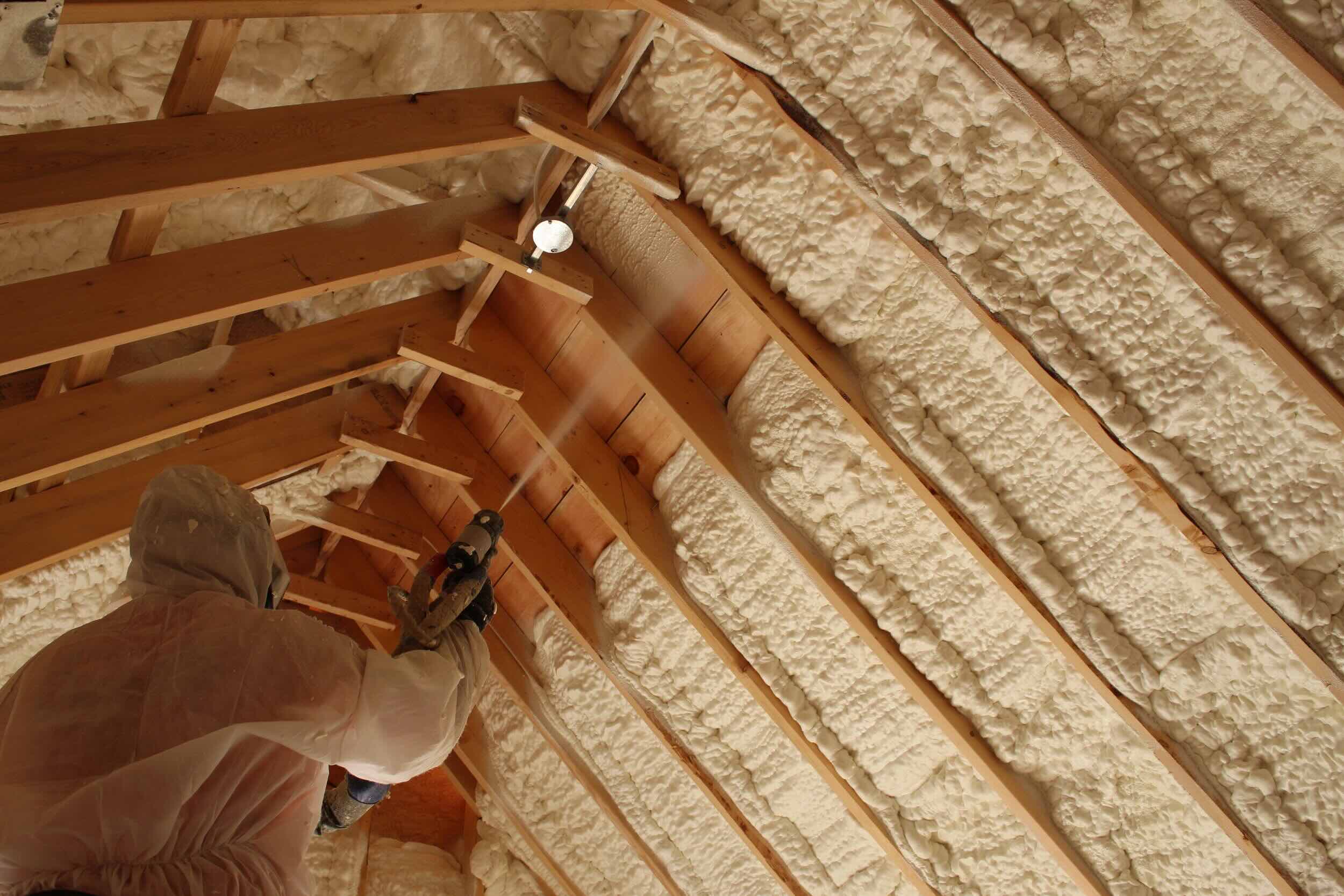
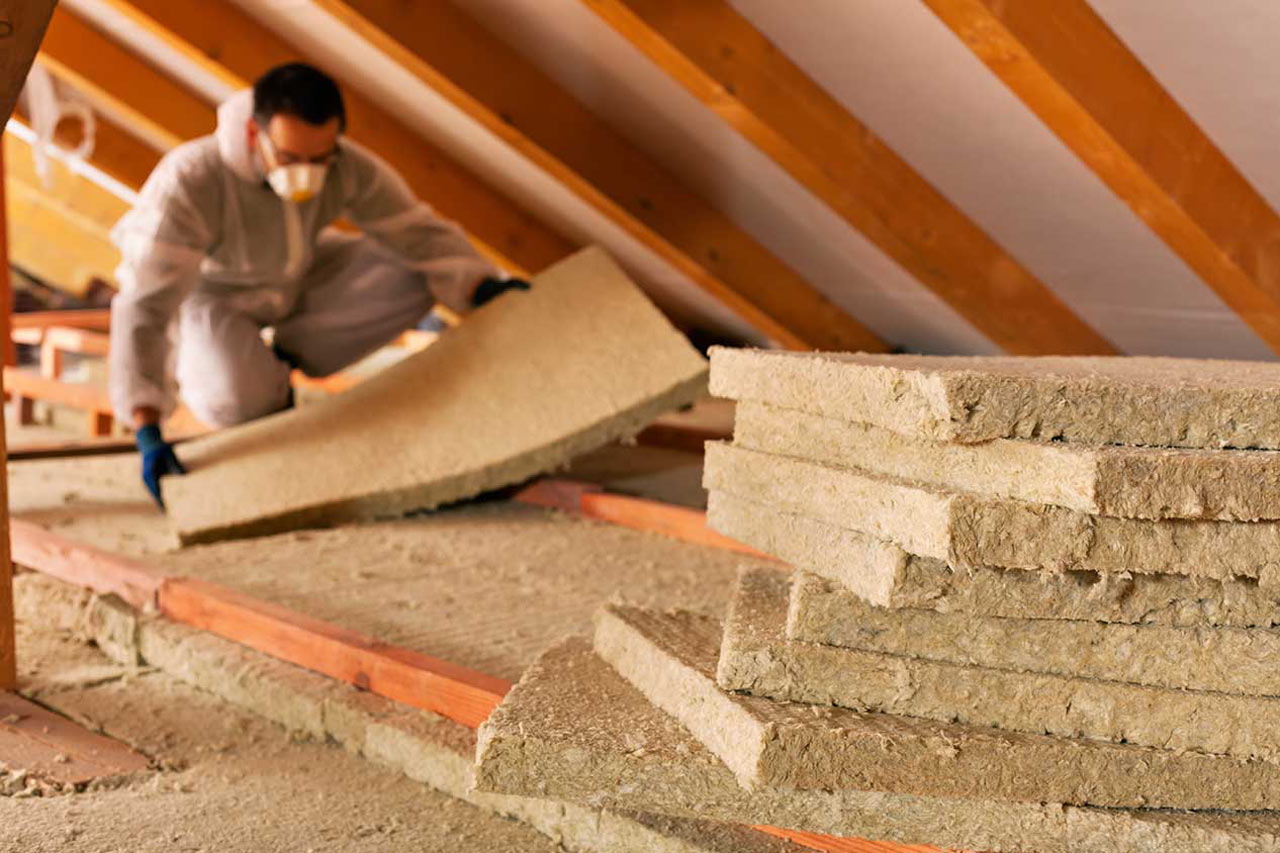
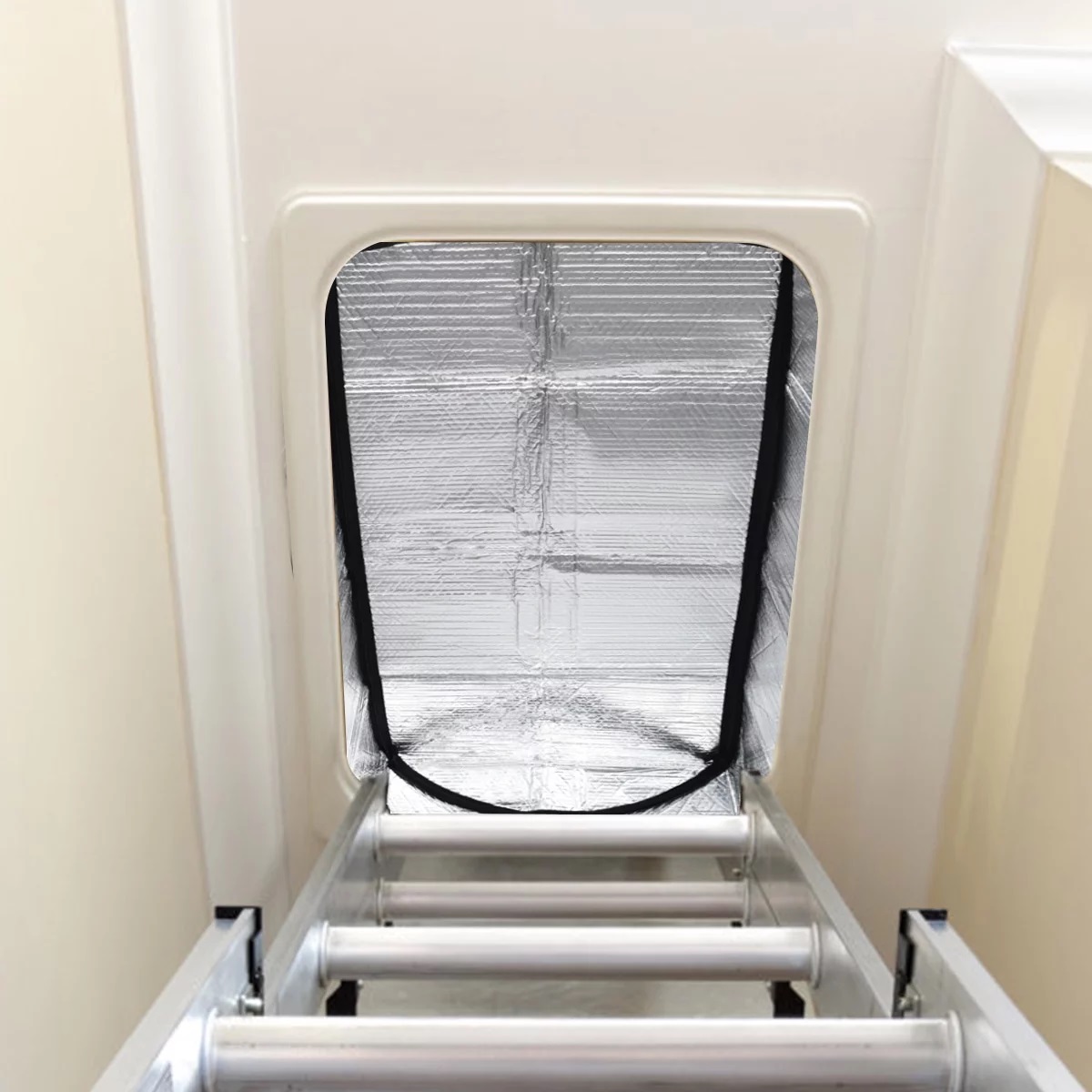
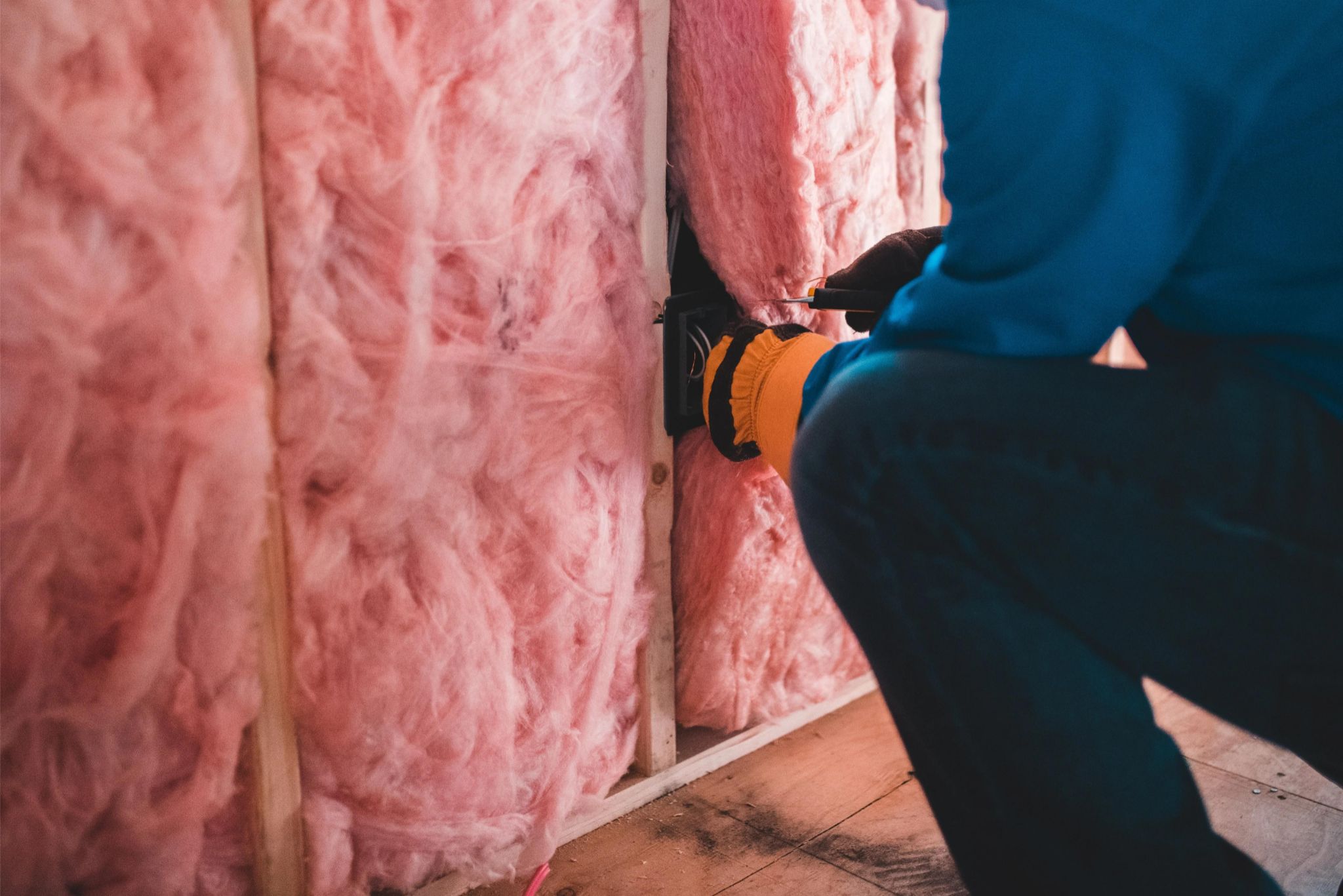
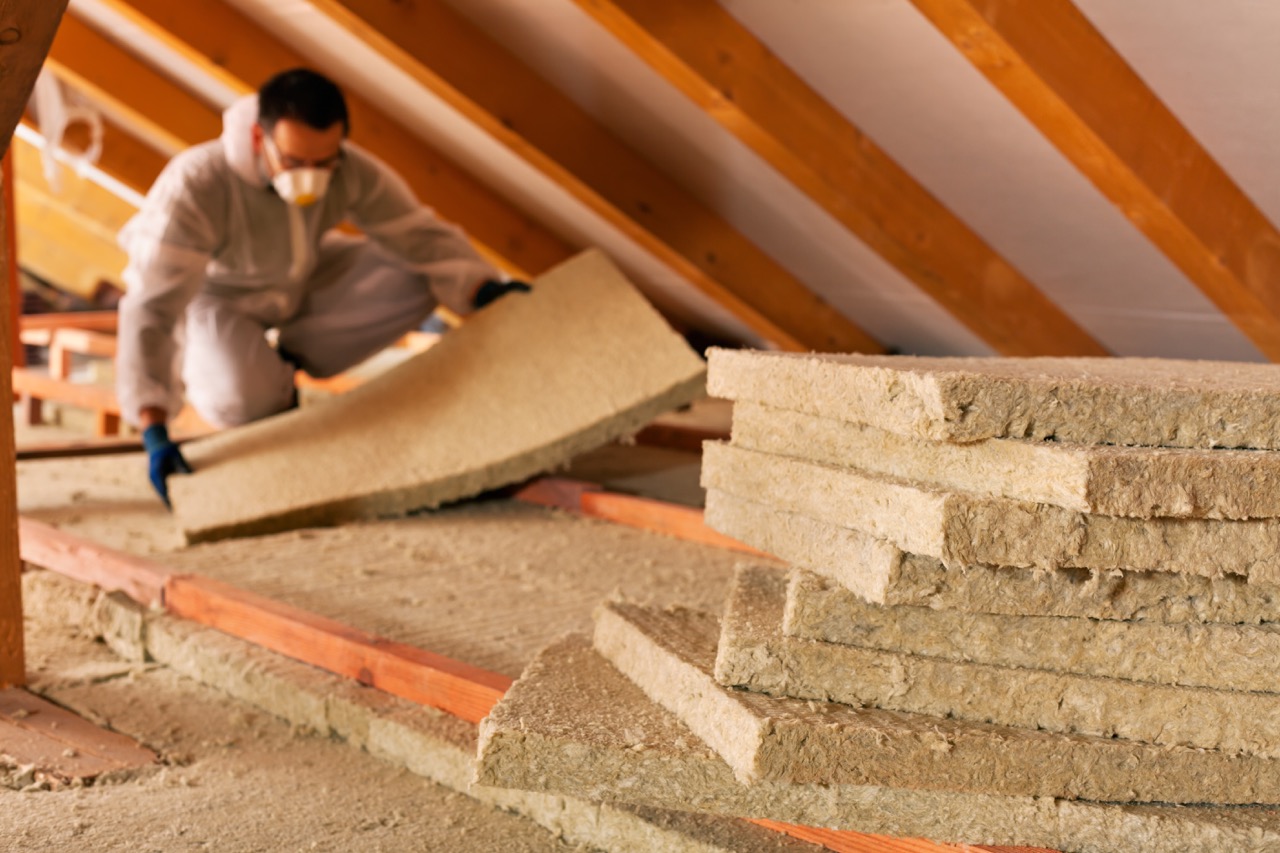
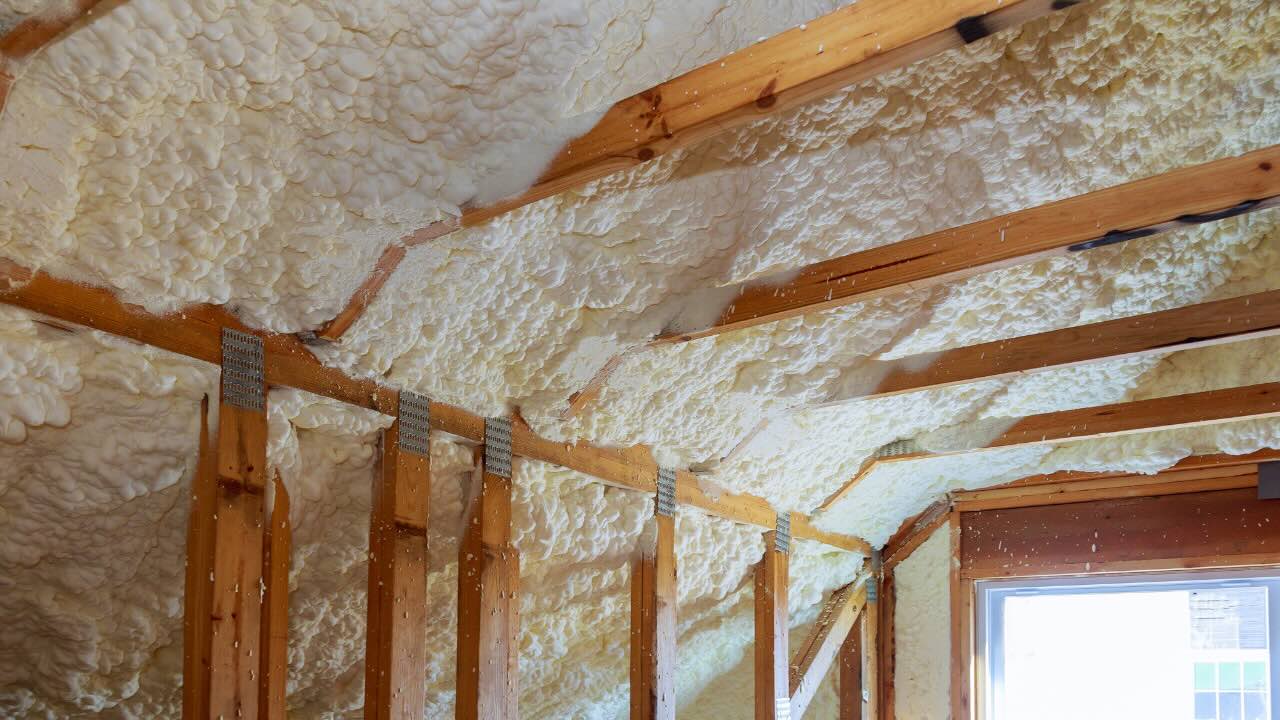
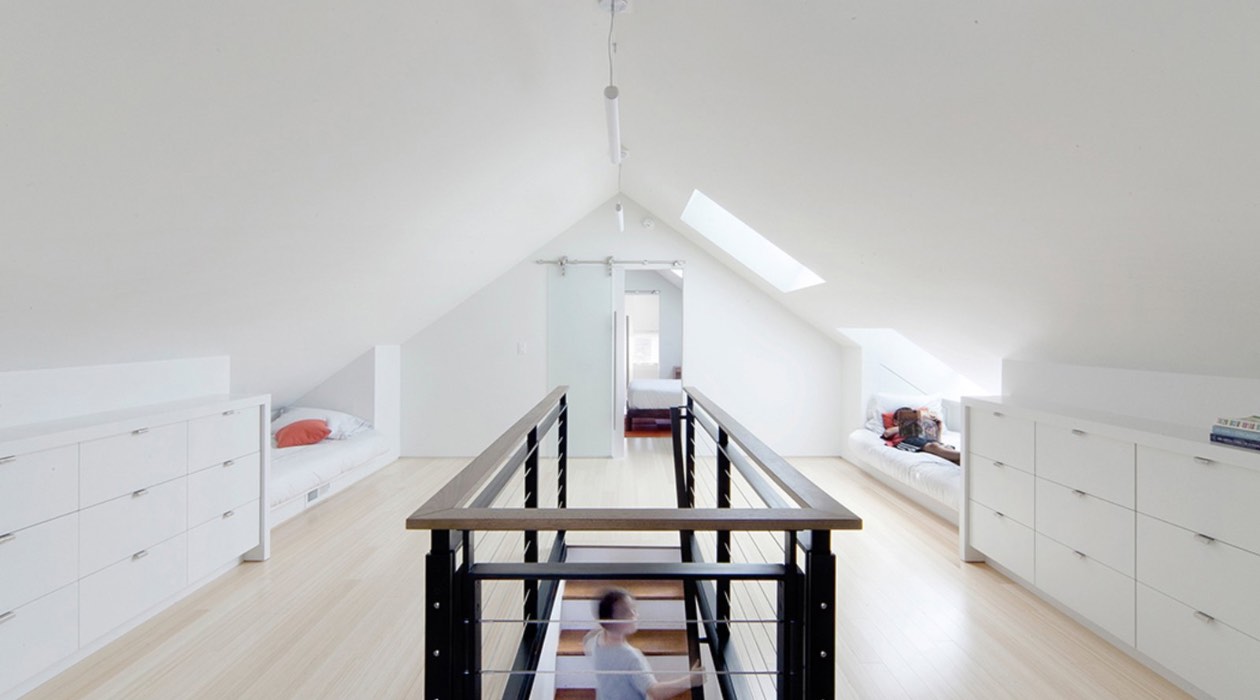
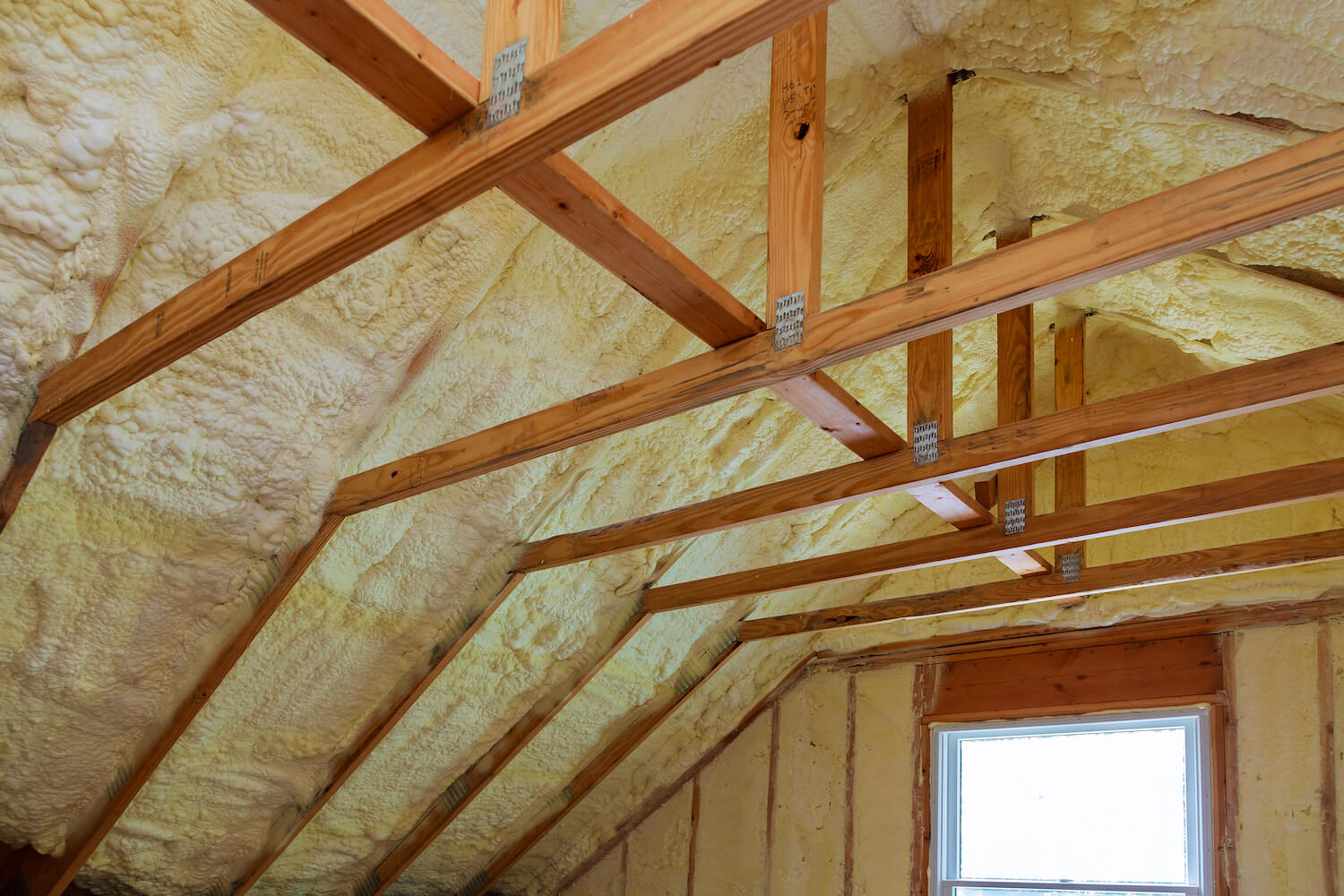
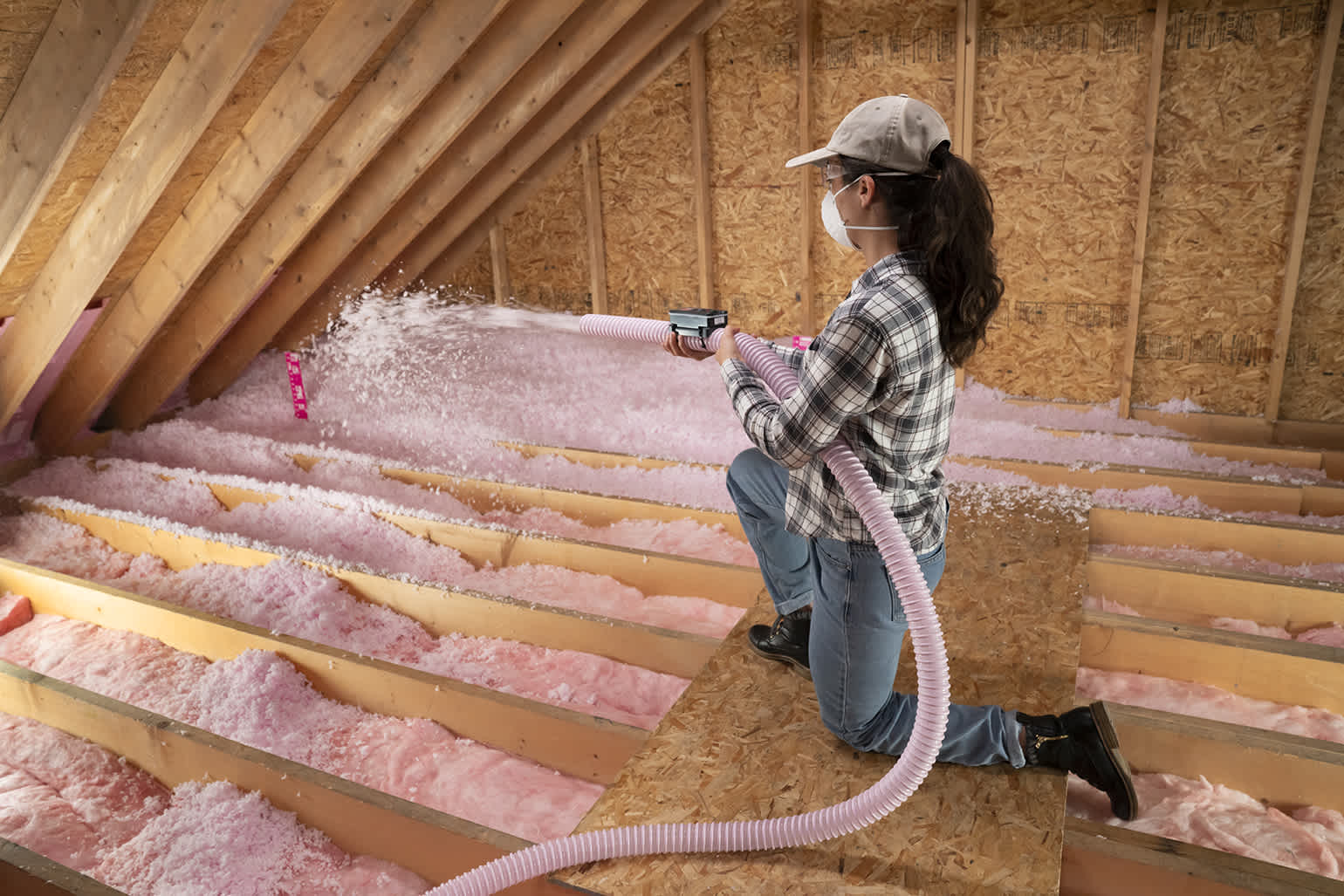
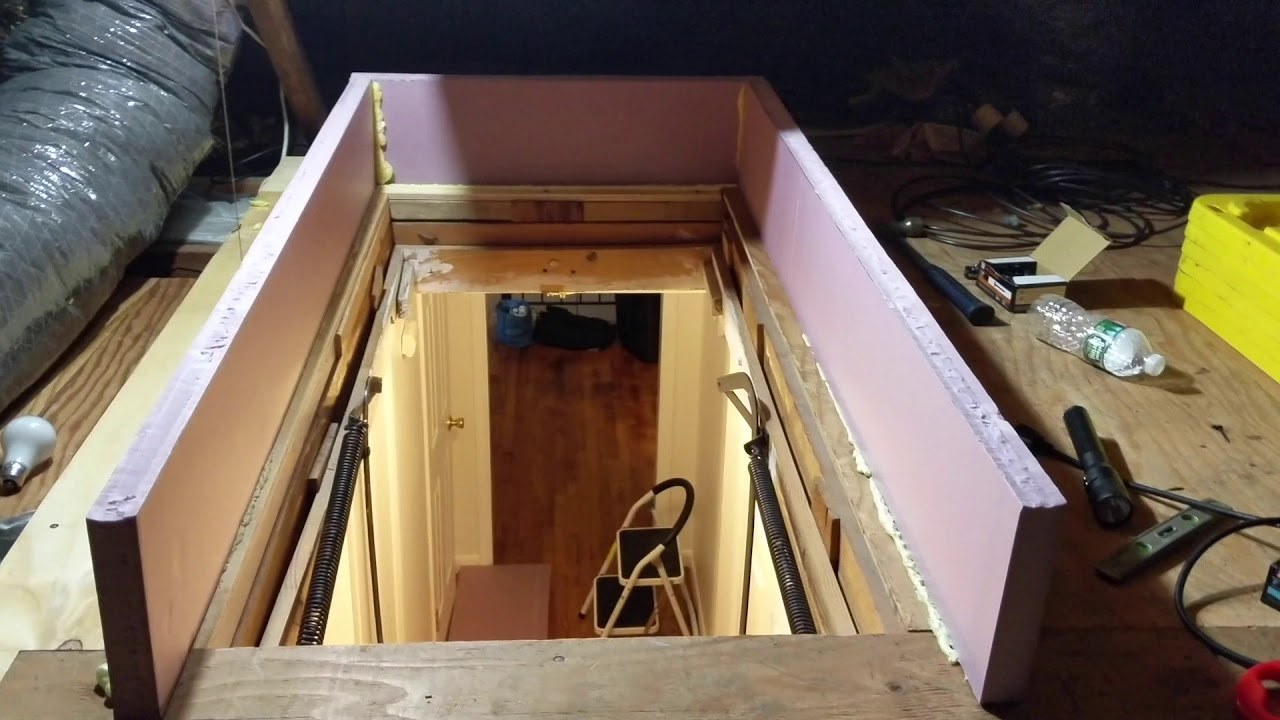
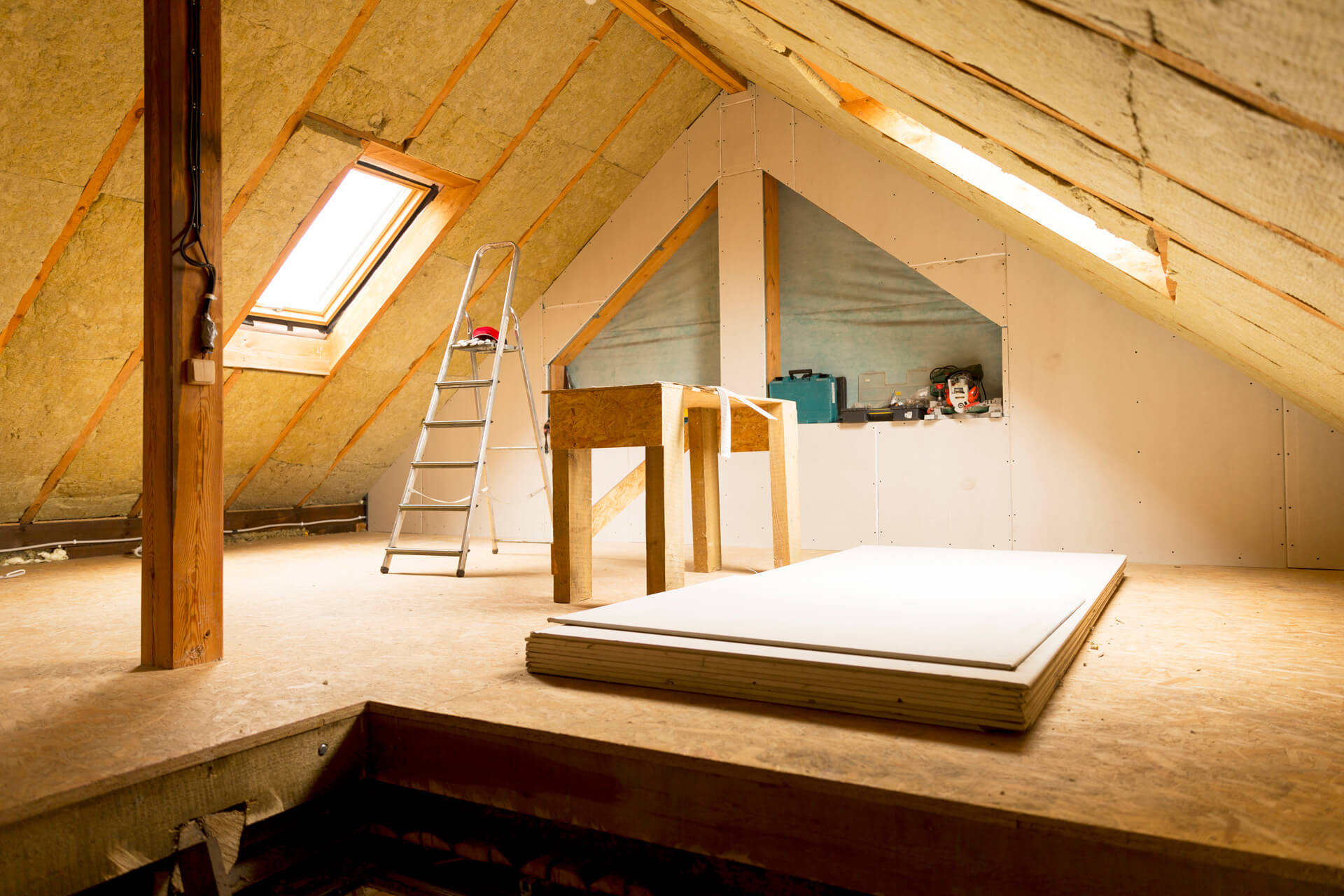
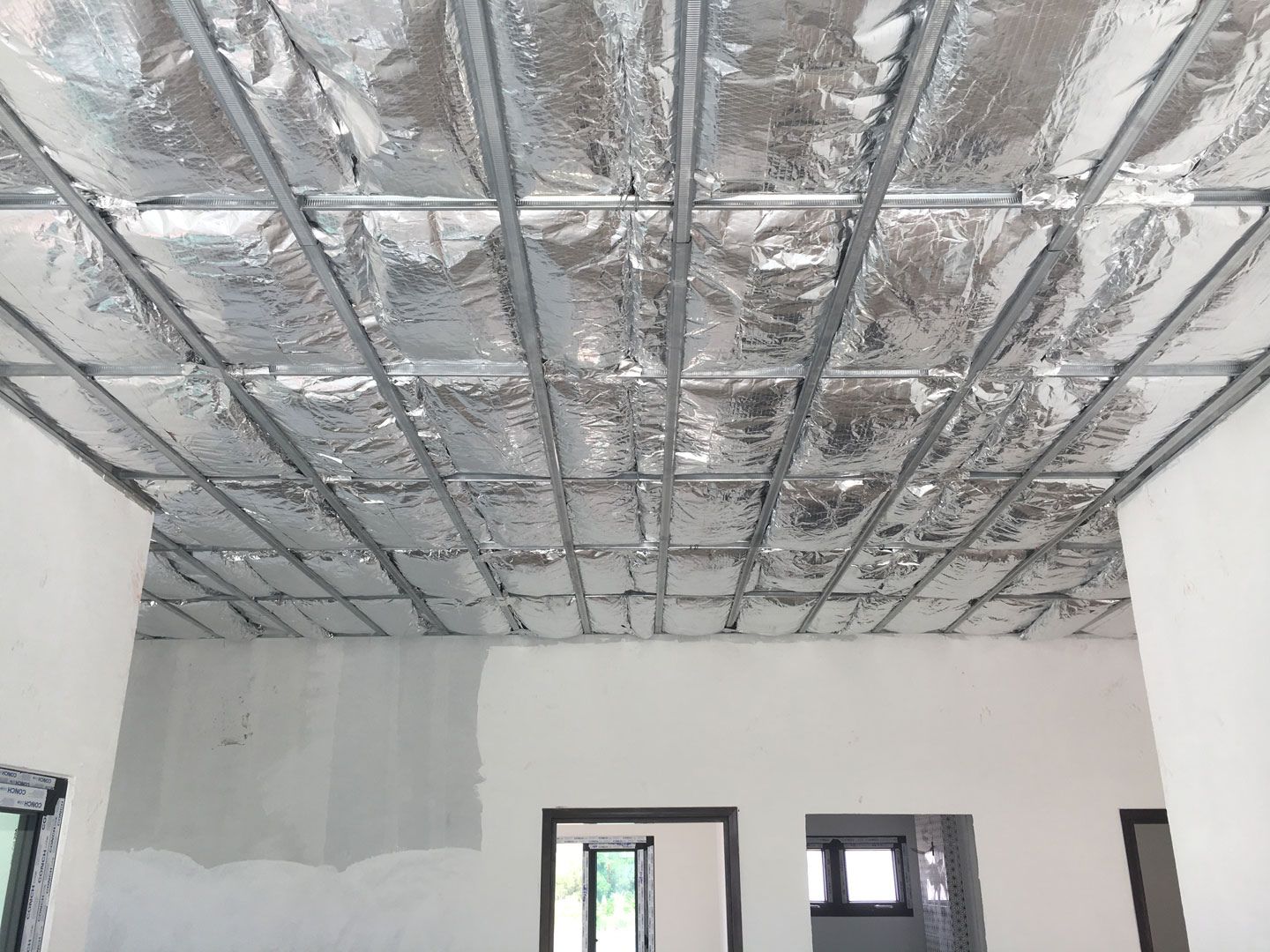
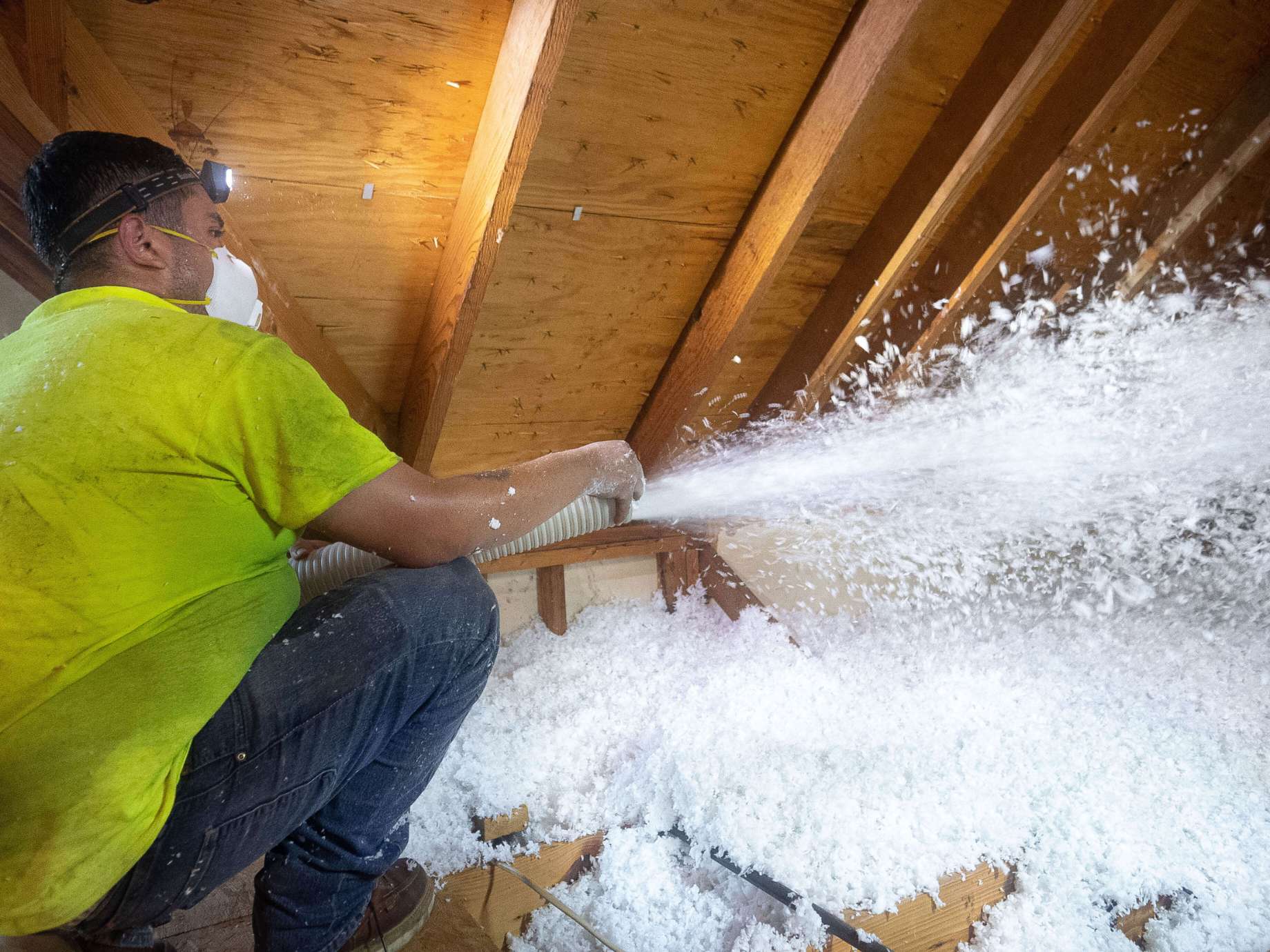

0 thoughts on “How To Reduce Heating Costs Using Attic Insulation”